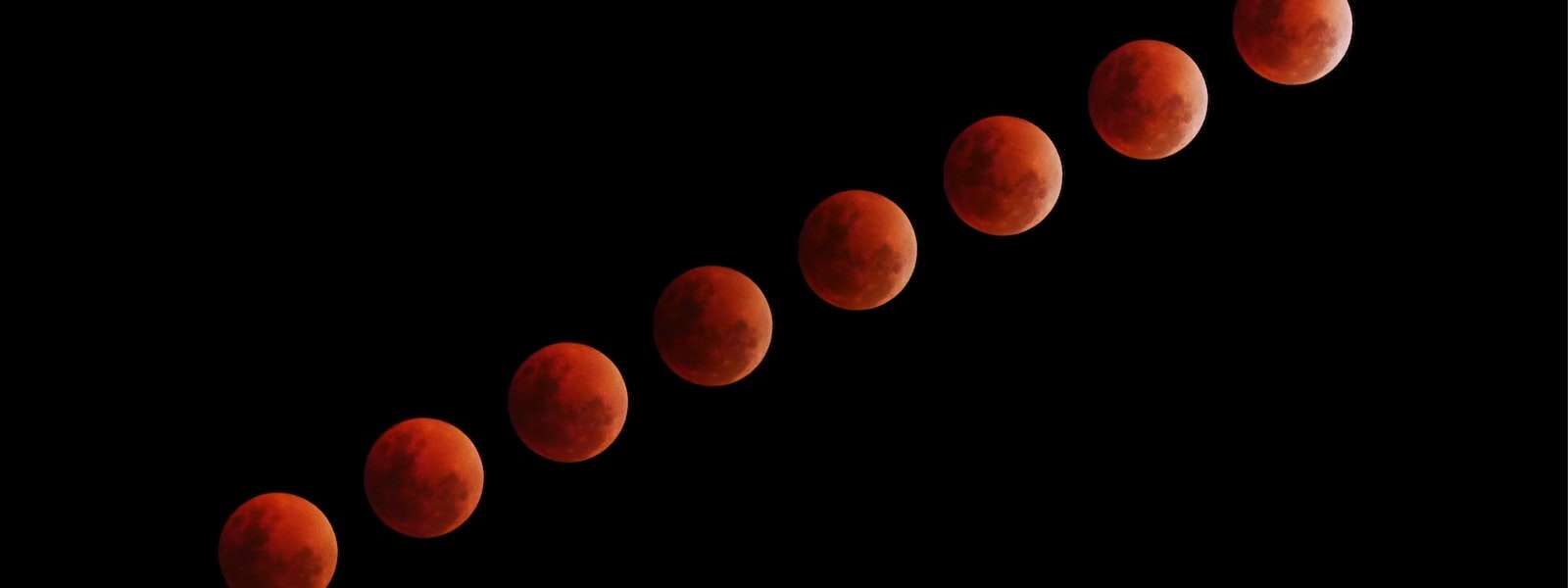The last total lunar eclipse until March 2025 will be visible across the skies early Tuesday morning. While Canadians have been spoiled by eclipses this year, it isn’t something to get used to, says a University of Guelph physicist.

A lecturer in the Department of Physics in the College of Engineering and Physical Sciences, Orbax is the co-founder of Royal City Science, a not-for-profit organization dedicated to STEM (science, technology, engineering and mathematics) education, and is one-half of Orbax and Pepper Do Science, an educational science-based platform.
The “beaver blood moon” on Nov. 8 will be the last one until March 14, 2025. Between now and then, North America will experience only two partial eclipses (when the moon passes through the heart of Earth’s shadow) and two penumbral eclipses (when only the moon’s rim is visible.)
Relatively infrequent lunar eclipses reflect the fact that the moon’s orbit around Earth is not in a perfect circle.
“Instead, the moon kind of spirals around the Earth and that’s why a lunar eclipse only occurs when the orbit lines up in an exact way such that the Earth’s shadow blocks the sun’s light from reflecting on the full moon,” explains Orbax. “The orbits only align in such a way to create a full eclipse every few years.”
In fact, on average full lunar eclipses occur every 1.5 years, making the two this year a rare event.
How and when can the eclipse be viewed?
The eclipse will begin around 3 a.m. on Tuesday, with the full eclipse taking place from 5:17 to 6:42 a.m.
Unlike a solar eclipse, lunar eclipses are safe to view with the naked eye and no complex equipment is needed to watch them.
But “if you want to get some extra definition while viewing, a pair of binoculars or a small telescope would help,” says Orbax, adding he recommends getting away from the city to avoid light pollution.
Why is it called a beaver blood moon?
The name acknowledges the time of year when the rodents are “hurriedly collecting their food stores and hiding them in their lodges for the long winter ahead,” explains Orbax, noting the Anishinaabe, Mi’kmaq and Cree names for this month’s full moon refer to the drop in temperatures at this time of year.
Blood moon is simply another term for a lunar eclipse and refers to the eerie red light the moon is bathed in during the event.
“When light passes through the Earth’s atmosphere, it scatters, and shorter wavelengths such as blue light are diverted away from the moon, whereas longer wavelengths like red light will pass through and illuminate the moon,” says Orbax.
Orbax is available for interviews.
Contact:
Orbax
orbax@uoguelph.ca
